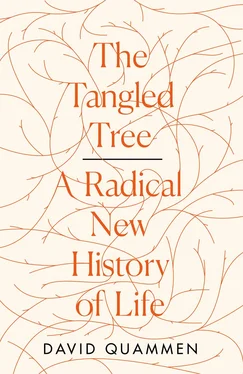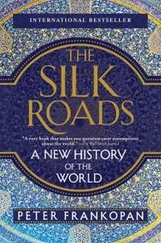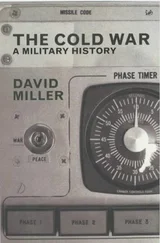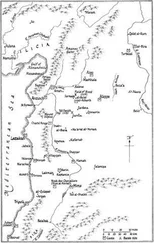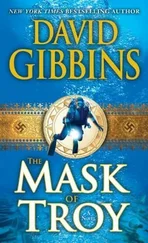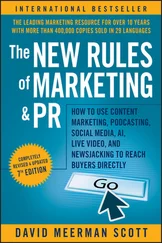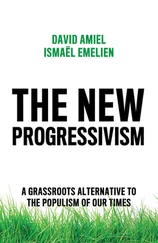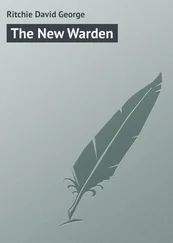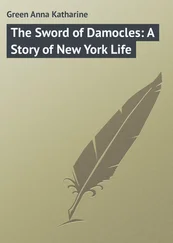Sometime in 1957 Crick gathered his thoughts and his informed guesses on this problem—about how DNA gets translated into proteins—and in September he addressed the annual symposium of the Society for Experimental Biology, convened that year at University College London. His talk “commanded the meeting,” according to one historian, and “permanently altered the logic of biology.” The published version appeared a year later, in the society’s journal, under the simple title “On Protein Synthesis.” Another historian, Matt Ridley, in his short biography of Crick, called it “ probably his most remarkable paper,” comparable to Isaac Newton’s Principia and Ludwig Wittgenstein’s Tractatus. It was a commanding presentation of insights and speculations about how proteins are built from DNA instructions. It noted the important but still-fuzzy hypothesis that RNA (ribonucleic acid), the other nucleic acid, which seemed to exist in DNA’s shadow, is somehow involved. Might RNA play a role in manufacturing proteins, possibly by helping express the order (coded by DNA) in which amino acids are linked one to another? Amid such ruminations, Crick threw off another idea, almost parenthetically: ah, by the way, these long molecules could also provide evidence for evolutionary trees.
As published in the paper: “ Biologists should realize that before longwe shall have a subject which might be called ‘protein taxonomy’—the study of the amino acid sequences of the proteins of an organism and the comparison of them between species.”
He didn’t use the words “molecular phylogenetics,” but that’s what he was getting at: deducing evolutionary histories from the evidence of long molecules. Comparing slightly different versions of essentially the same protein (such as hemoglobin, which transports oxygen through the blood of vertebrates), as found in one creature and another, could allow you to draw inferences about degrees of relatedness between them. Those inferences would be based on assuming that the variant hemoglobins had evolved from a common ancestral molecule and that, over time, in divergent lineages, small differences in the amino sequences would have crept in, by accident if not by selective advantage. The degree of such differences between one hemoglobin and another should correlate with the amount of time elapsed since those lineages diverged. From such data, Crick suggested, you might draw phylogenetic trees. Humans have one variant of hemoglobin, horses have another. How different? How long since we shared an ancestor with horses? It could be argued, Crick added, that protein sequences also represent the most precise observable register of the physical identity of an organism, and that “ vast amounts of evolutionary informationmay be hidden away within them.”
Having tossed off this fertile suggestion, Crick returned in the rest of the paper to his real subject: how proteins are manufactured in cells. That was his way. A passing thought, with the heft of a beer truck. Essentially he had said: Look, I’m not pursuing this protein taxonomy business, but somebody should.
10

Somebody did, though not immediately. Seven years passed, during which several other scientists began noodling along various routes that would lead to a similar idea. Two of them were Linus Pauling and Emile Zuckerkandl, who gave their own fancy name to the enterprise— they called it “chemical paleogenetics”—and they converged on it by very different trajectories.
Zuckerkandl was a young Viennese biologist whose family had escaped Nazi Europe via Paris and Algiers. He got to America, did a master’s degree at the University of Illinois (long before Carl Woese would arrive there), then returned to Paris after the war for a doctorate. He found work at a marine laboratory on the west coast of France and studied the molting cycles of crabs, which involve a molecule analogous to hemoglobin. His interest drifted from crustacean physiology to questions at the molecular level, and he hankered to return to America. In 1957 Zuckerkandl finagled a chance to meet Pauling, who by then was a celebrated chemist with the first of his two Nobel Prizes already won. The prize had given Pauling some latitude to expand his own range of concerns, from lab chemistry at the California Institute of Technology to the wider world, and some leverage in pursuing those concerns. He had two in particular: genetic diseases such as sickle cell anemia and the threats posed by thermonuclear weapons, including radioactive fallout from testing. By the late 1950s, Pauling was raising his voice. He initiated a petition against atmospheric nuclear testing that more than eleven thousand scientists signed. He had become, along with Bertrand Russell, the provocative British philosopher, also a Nobel winner, one of the world’s most august peaceniks.
Pauling’s initial encounter with Zuckerkandl coincided with his increasing interest in genetics, evolution, and mutation—most pointedly, the mutations that might be caused by radiation released in weapons tests. His interest in disease led in the same direction, because sickle cell anemia is a problem that results from mutations in one of the genes for hemoglobin. Pauling found Zuckerkandl impressive enough that he offered the younger man a postdoctoral fellowship in chemistry at Caltech. Then, when Zuckerkandl arrived in Pasadena, intending to continue work on the crab-molting molecule, Pauling discouraged that project and said, “ Why don’t you work on hemoglobin?”
Pauling suggested further that he take up a newly invented technique—still primitive but promising—that employed electrophoresis (separating molecules by their sizes, using electrical charge) and other methods to “fingerprint” such proteins, distinguishing one variant from another. Comparing protein molecules that way, Pauling figured, might allow researchers to draw some evolutionary conclusions. So Zuckerkandl went to work, learning the technique and applying it to hemoglobin in variant forms. Before long, he could see the close similarity between human hemoglobin and chimpanzee hemoglobin, and that human hemoglobin was less similar to hemoglobin found in orangutans. He could also tell a pig from a shark just by looking at the molecular fingerprints. Of course, there were easier ways to tell a pig from a shark, but never mind. Although it wasn’t such a precise methodology as he might have wished, this sort of molecular comparison was a start.
Over the next half dozen years, Zuckerkandl’s work thrived, and he published a series of papers with Pauling. Some of those were invited contributions to celebratory volumes, Festschriften , in honor of eminent scientists, generally on some occasion such as retirement or a big, round birthday. Such invitations came often because of Pauling’s own eminence, and he recruited Zuckerkandl as coauthor to do much of the thinking and most of the writing. In the meantime, Pauling won his second Nobel, this time the Peace Prize in recognition of his efforts against nuclear weapons proliferation and testing. That one didn’t add to his scientific reputation (in fact, he resigned from his Caltech professorship because university administrators and trustees disapproved of his peace activism), but it certainly helped amplify his public voice. He was a busy man, much in demand. The invitations—to speak, to visit, to contribute scientific papers for ceremonial volumes—continued. Because such papers didn’t normally go through the peer-review filter, they could be a little more bold and speculative than a typical journal article. One of them, written in 1963 to honor a Russian scientist on his seventieth birthday, was titled “Molecules as Documents of Evolutionary History.” Two years later, it was reprinted in English in the Journal of Theoretical Biology , giving it much broader reach and influence. Pauling and Zuckerkandl were wading into the same pond where Francis Crick had dipped his toe.
Читать дальше
